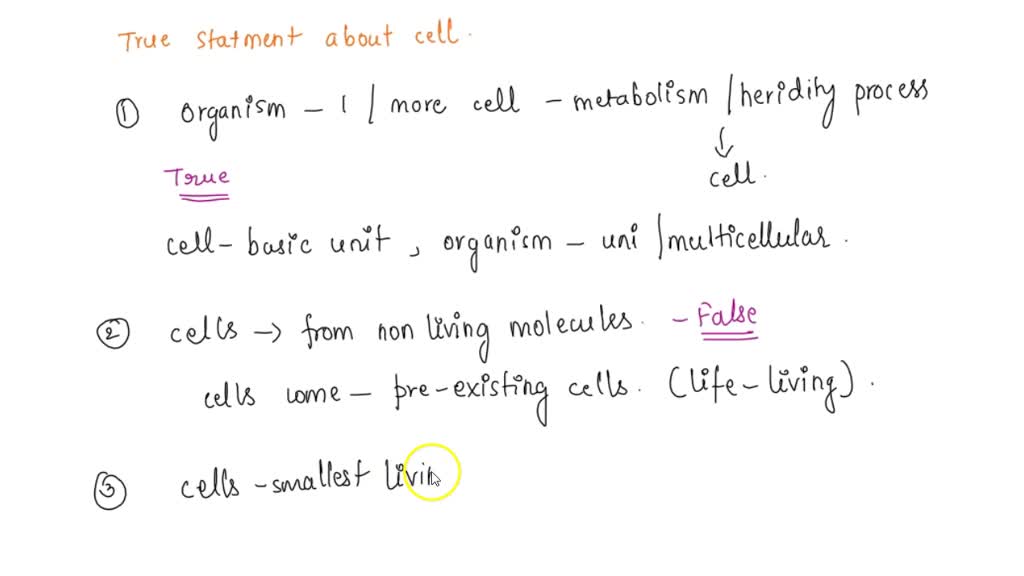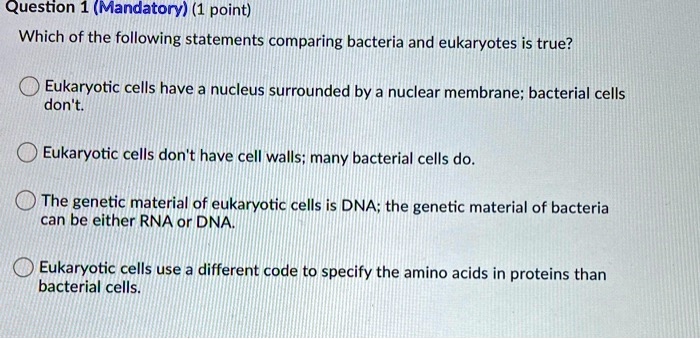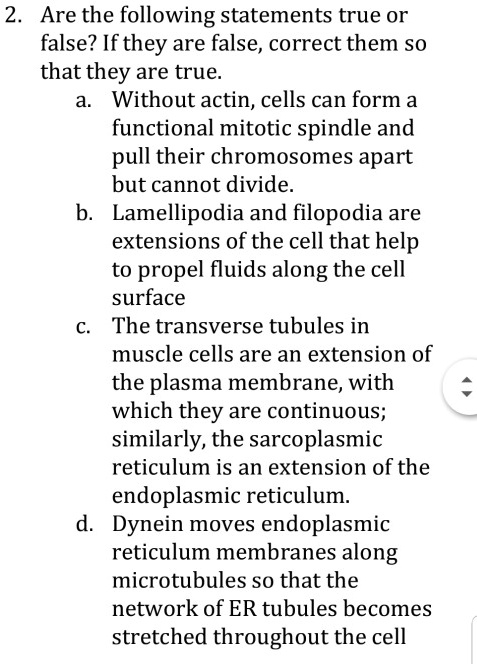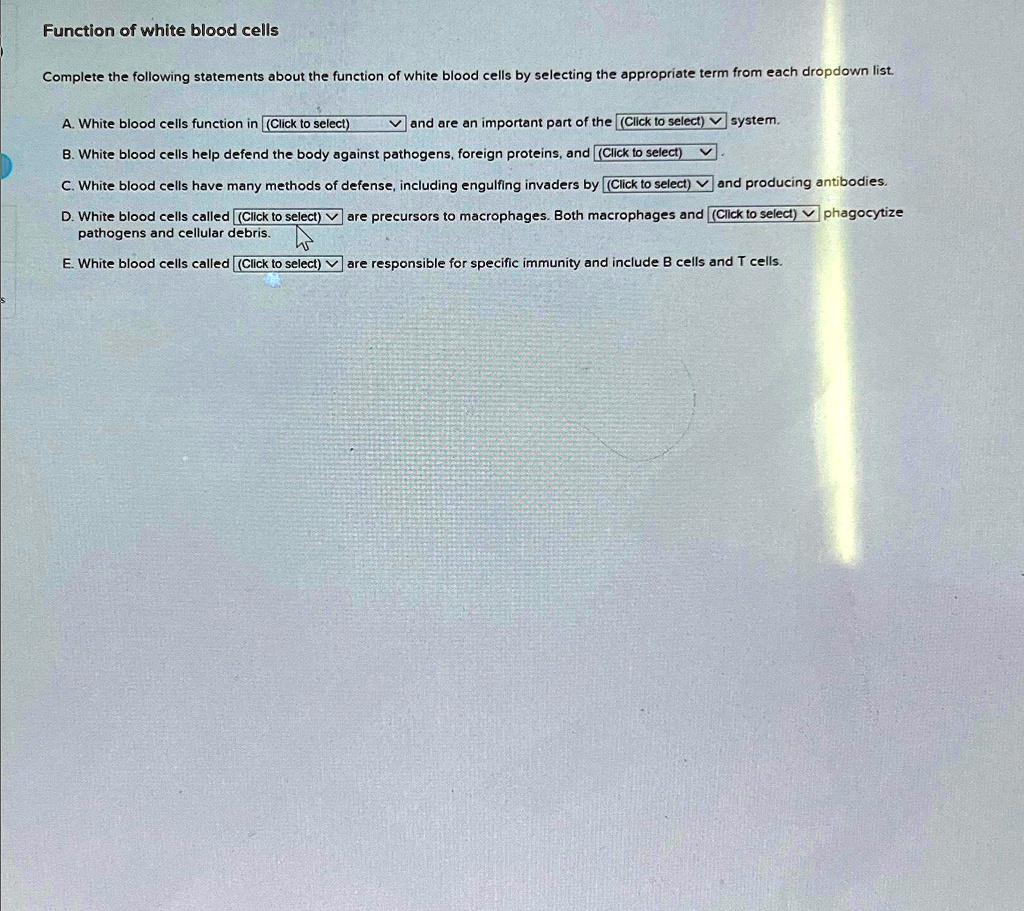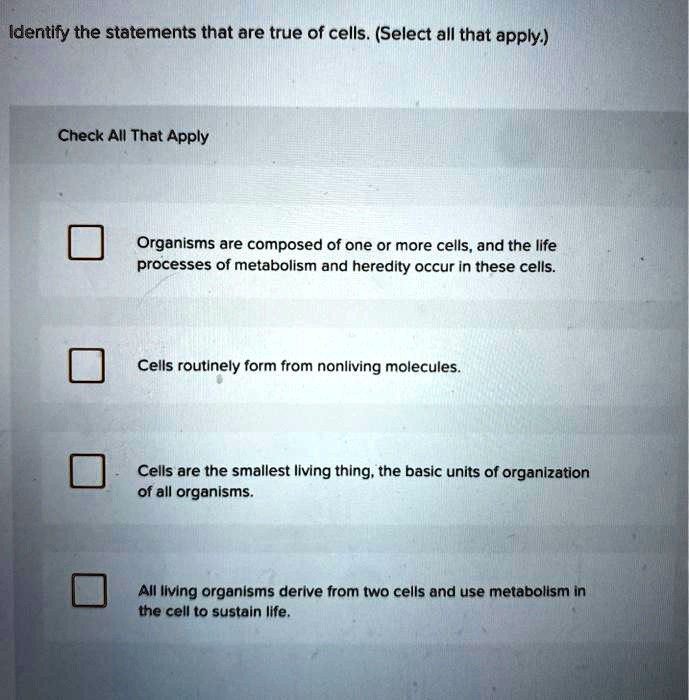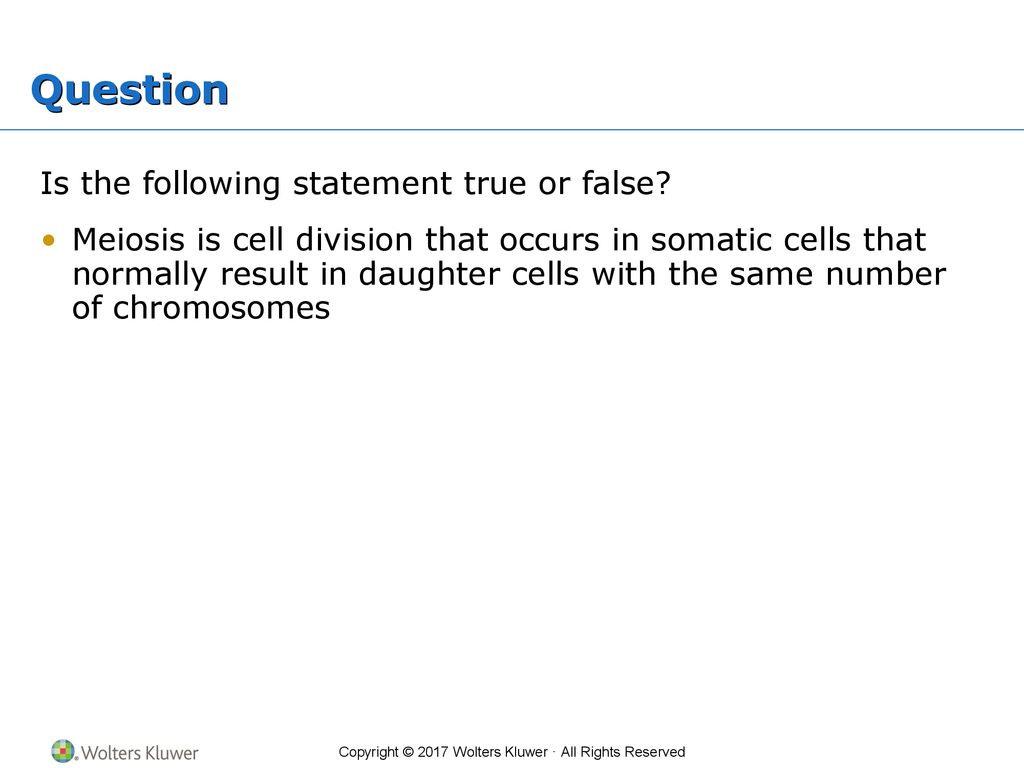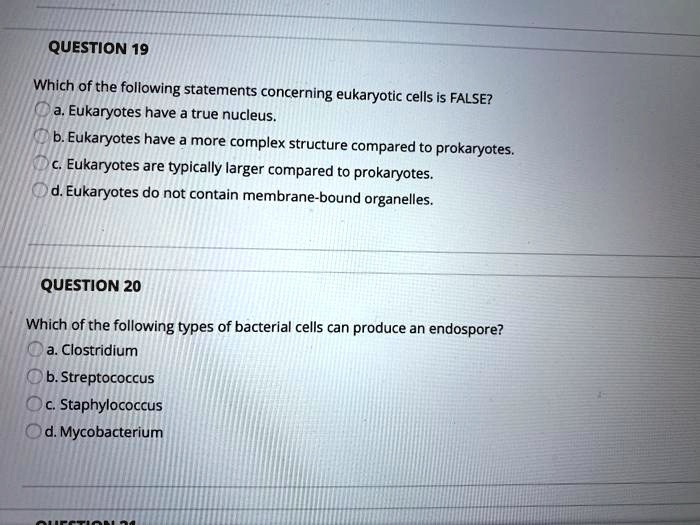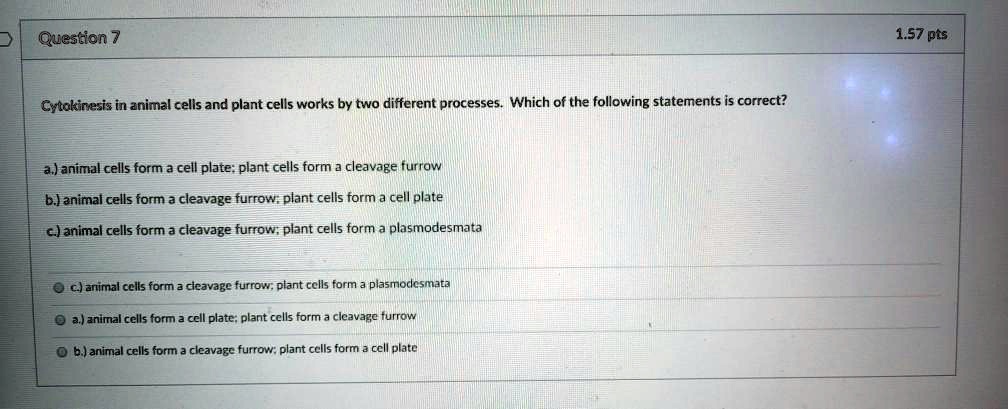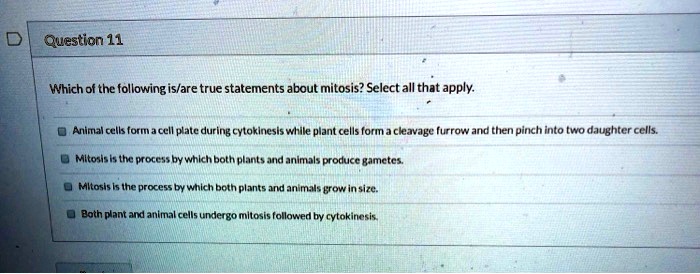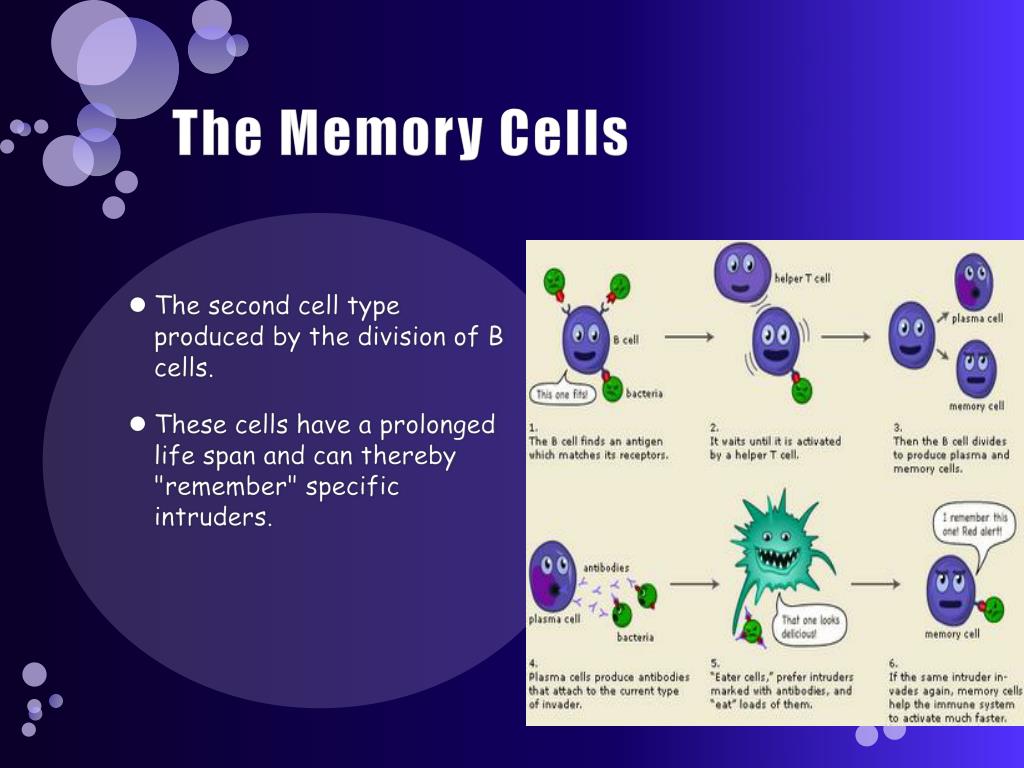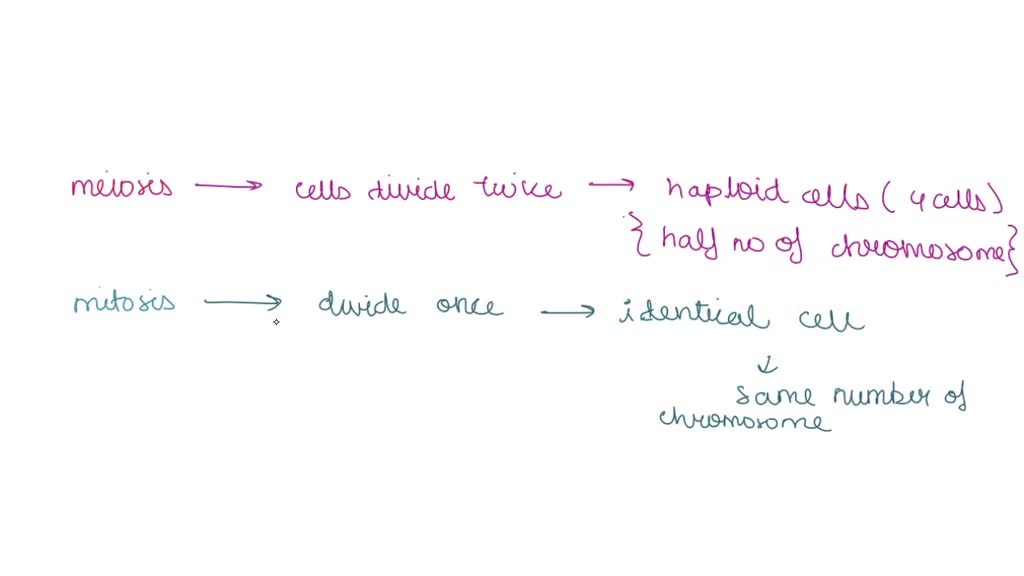Which Of The Following Statements Is True About Memory Cells
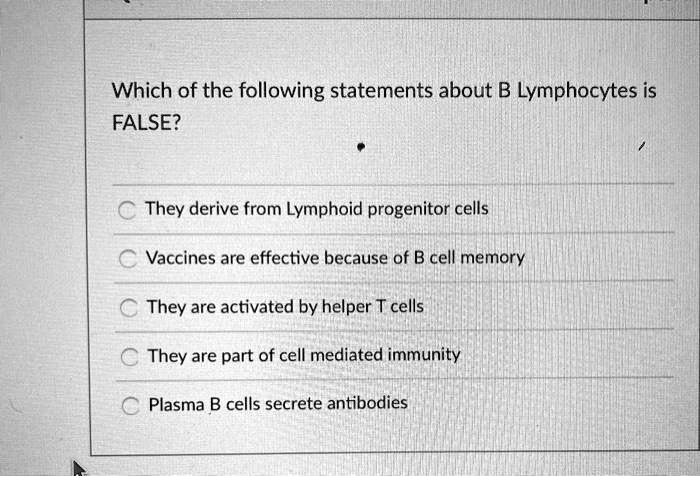
The human brain, a universe contained within our skulls, holds secrets still being unraveled. Among the most fundamental are the mechanisms of memory – how we encode, store, and retrieve the tapestry of our experiences. Recent research is continually refining our understanding of memory cells, the individual neurons responsible for this complex process, challenging long-held assumptions and revealing new avenues for treating memory-related disorders.
This article delves into the intricate world of memory cells, exploring the current scientific consensus and ongoing debates surrounding their function. We will examine the key characteristics of these cells, their role in various types of memory, and the implications of this knowledge for future therapies. Understanding the true nature of memory cells is crucial for addressing the growing prevalence of Alzheimer's disease and other cognitive impairments, making this a vital area of scientific inquiry.
Defining Memory Cells: More Than Just Storage Units
What exactly constitutes a "memory cell?" It's a deceptively simple question with a complex answer. At its core, a memory cell is a neuron that participates in encoding, storing, or retrieving a memory. However, not all neurons are created equal, and their involvement in memory formation can vary significantly.
Traditionally, memory cells were thought of as dedicated storage units, each holding a specific piece of information. This simplistic view has largely been replaced by a more nuanced understanding of distributed representation, where memories are encoded across populations of neurons. This means that a single neuron can participate in multiple memories, and a single memory can be represented by the activity of many neurons.
The term *memory cell* itself can be interpreted in different ways depending on the context. Some researchers use it to refer to any neuron that shows changes in its activity or structure in response to learning. Others reserve the term for neurons that are specifically involved in the long-term storage of memories.
Key Characteristics of Memory Cells
Identifying memory cells requires sophisticated techniques that can track neural activity over time. Researchers often use methods such as *in vivo* calcium imaging and electrophysiology to monitor the activity of individual neurons during learning and recall. These studies have revealed several key characteristics that distinguish memory cells from other neurons.
One important feature is plasticity – the ability of neurons to change their connections and activity patterns in response to experience. Memory cells exhibit particularly high levels of plasticity, allowing them to form new synapses and strengthen existing ones. This synaptic plasticity is widely believed to be the cellular basis of learning and memory.
Another key characteristic is their responsiveness to specific stimuli or contexts. Memory cells often fire selectively in response to cues that were present during the original learning experience. This context-dependent activity is thought to contribute to the retrieval of memories from long-term storage.
Furthermore, recent studies have highlighted the role of gene expression in memory cell function. Certain genes are selectively activated in memory cells during learning, and these genes are thought to play a critical role in stabilizing synaptic changes and consolidating memories. The study of epigenetics and its role in memory cells is an active area of research.
The Role of Memory Cells in Different Types of Memory
Memory is not a monolithic entity; it encompasses a wide range of cognitive functions, from remembering facts and events to acquiring motor skills. Different types of memory rely on distinct neural circuits and involve different populations of memory cells. The hippocampus, a seahorse-shaped structure in the brain, is essential for the formation of new declarative memories (facts and events).
Memory cells in the hippocampus exhibit a phenomenon called *place cell activity*, where individual neurons fire selectively when an animal is in a specific location in its environment. These place cells are thought to form a cognitive map of the environment, allowing animals to navigate and remember spatial information. Research by John O’Keefe and others demonstrated this key function.
The amygdala, another brain structure, is crucial for processing emotions and forming emotional memories. Memory cells in the amygdala are involved in associating emotional significance with events and stimuli. This explains why emotionally charged experiences are often remembered more vividly than neutral ones.
Procedural memory, which involves learning skills and habits, relies on the cerebellum and basal ganglia. Memory cells in these regions are involved in coordinating movements and automating repetitive actions. Unlike declarative memories, procedural memories are often implicit, meaning that they are difficult to consciously recall.
Controversies and Open Questions
Despite significant progress in understanding memory cells, many questions remain unanswered. One ongoing debate concerns the nature of memory engrams – the physical traces of memories in the brain. Are engrams stored in specific neurons, or are they distributed across larger networks? The answer may lie in a combination of both, with specific neurons acting as key nodes within a distributed network.
Another open question is how memories are consolidated over time. Consolidation involves the gradual transfer of memories from the hippocampus to the cortex, where they are stored more permanently. The cellular and molecular mechanisms underlying this process are still not fully understood. The role of sleep in memory consolidation is also a topic of active investigation.
Furthermore, the mechanisms by which memories are retrieved from long-term storage remain largely mysterious. How does the brain access the correct memory in response to a specific cue? What are the roles of attention, motivation, and emotional state in memory retrieval?
Implications for Treating Memory Disorders
A deeper understanding of memory cells has profound implications for the treatment of memory disorders such as Alzheimer's disease. Alzheimer's is characterized by the progressive loss of memory and cognitive function, and it is thought to involve the dysfunction and death of memory cells in the hippocampus and cortex.
One potential therapeutic strategy is to develop drugs that can protect memory cells from damage or stimulate their regeneration. Another approach is to enhance synaptic plasticity and promote the formation of new memories. This could involve targeting specific molecules or pathways that are involved in learning and memory. Research on neurogenesis, the creation of new neurons, may prove vital.
Furthermore, researchers are exploring the possibility of using brain stimulation techniques, such as transcranial magnetic stimulation (TMS) and deep brain stimulation (DBS), to enhance memory function. These techniques can modulate the activity of memory cells and improve their ability to encode and retrieve information.
Looking Ahead: The Future of Memory Cell Research
The study of memory cells is a rapidly evolving field, driven by technological advancements and a growing appreciation for the complexity of the brain. Future research will likely focus on elucidating the molecular and cellular mechanisms underlying memory formation and retrieval. New imaging techniques, such as *connectomics*, will allow researchers to map the connections between individual memory cells with unprecedented precision.
Ultimately, a comprehensive understanding of memory cells will pave the way for more effective treatments for memory disorders and enhance our ability to learn and remember throughout our lives. The secrets held within these tiny neural units hold the key to unlocking the full potential of the human mind.

